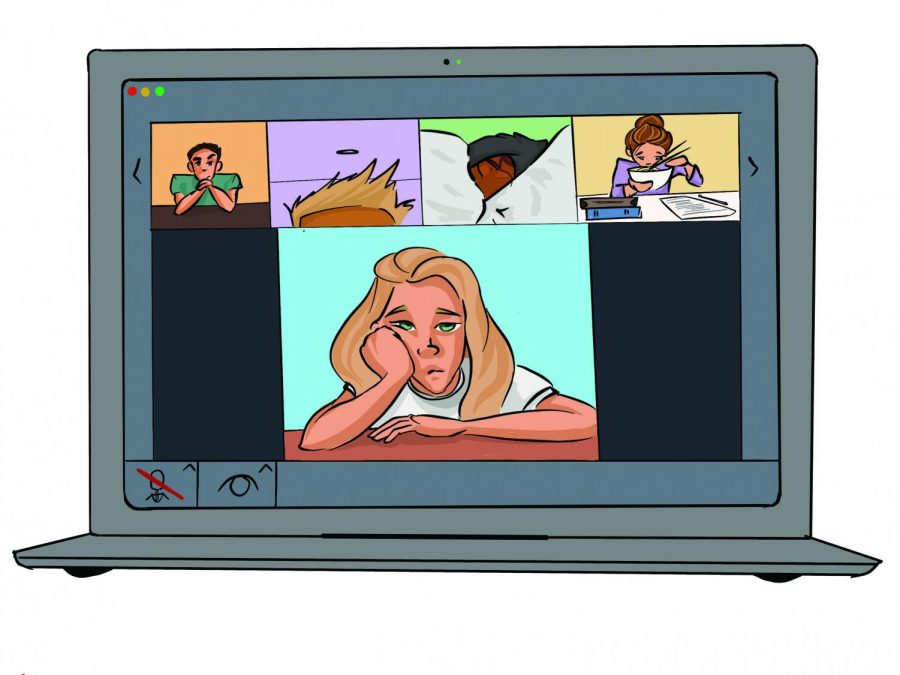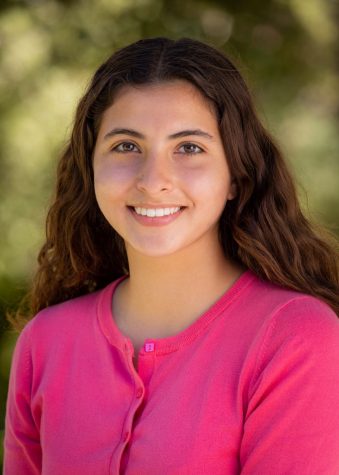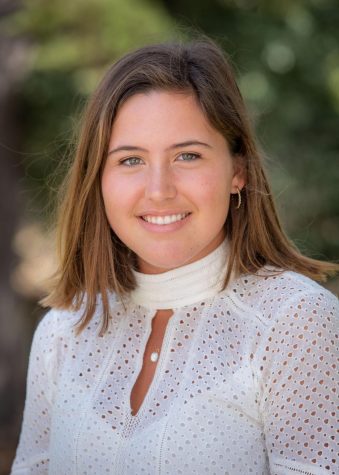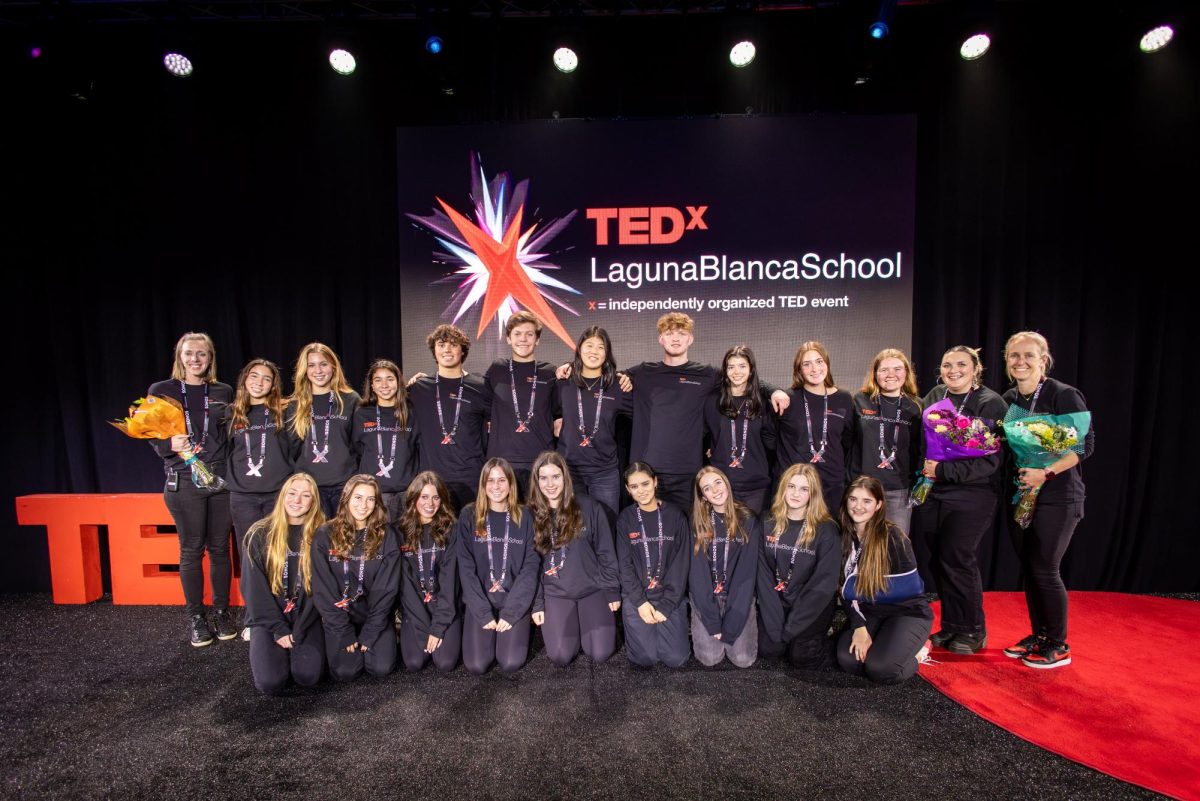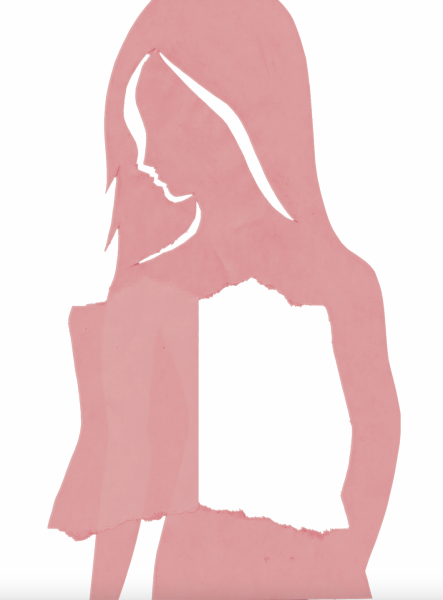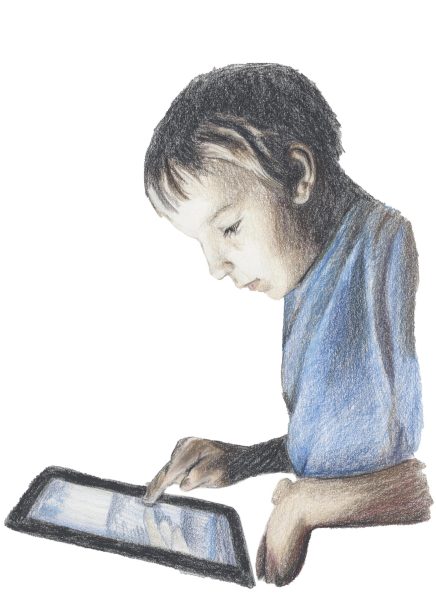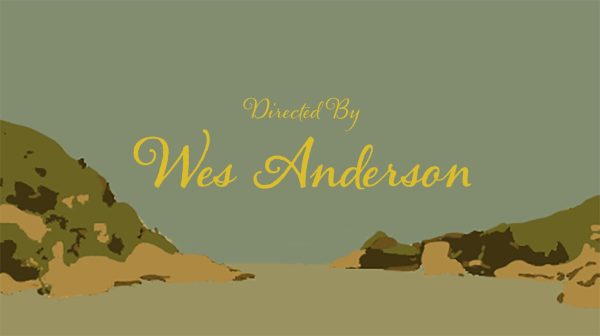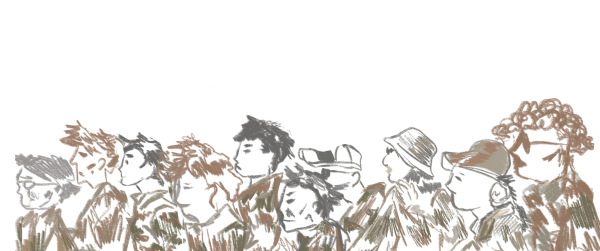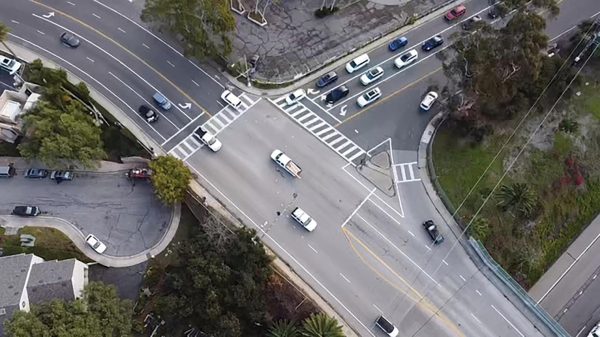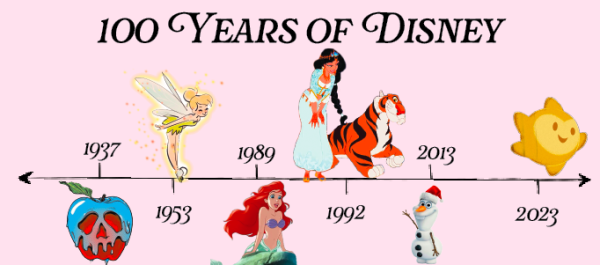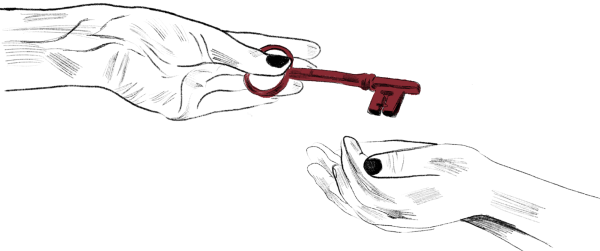Learning in a Pandemic: How School Has Changed Due to COVID-19
The year 2020 brought changes to people’s lives, including the radical adaptations to the education system.
January 26, 2021
Over the past year, many aspects of our lives changed. Whether it’s going to the grocery store or traveling, 2020 has not been what we were expecting and school is no exception.
Although Laguna Blanca is fortunate to be back in-person, the way teachers teach and students learn is different from a pre-pandemic world. School and academics have taken a turn for the worse during the pandemic.
In a survey of 21 students, 90.5% stated that they preferred school before the pandemic.
Although students cited the COVID restrictions, including masks, social distancing or losing learning time as the reasons for their preferences, a major change that students faced this year has been a lack of the community aspect at school.
“[School] was more carefree before the pandemic. I didn’t have to worry about keeping my distance or sanitizing my hands so often. I miss hugging my friends and seeing people’s smiles,” freshman Grace Trautwein said.
Beginning in April 2020, students began remote learning.
Many students disliked the experience not only because of the prolonged screen time or cabin fever but also because the social aspect of school wasn’t there.
Students don’t just go to school to learn, we go to school to get to know people, to make connections and to spend time with our friends or teachers.
When the pandemic hit, and we began going to school online, this aspect of our lives was taken from us.
Students could no longer eat lunch with their friends or chat with their teachers during passing periods.
We could not spend time connecting to our sports coaches or even new classmates.
The way we communicated with each other and got to know one another was completely flipped.
During online school, we would hop on Zoom for four hours, eat lunch and then work on homework until it dinner.
Gone were the after school sports practices or the hours spent together. While learning remotely, students
spent four hours learning online, had detached conversations during classes; then spent rest of the day with our families in the solace of our homes.
Because the stay-at-home orders were so strict when the pandemic hit, many of us didn’t see our friends outside of school either.
School is the place where students get their social fix, now being at school led to loneliness and isolation for many.
This loneliness contributed to other issues that students associate with learning online. Loneliness can result from prolonged screen time.
Because students couldn’t go to school or communicate in person with their friends, many spent more time on social media or binging Netflix’s latest release to fill this void.
Last year, we were fortunate to have gotten to know our peers and teachers before we moved online.
It allowed us to establish a connection with each other that we were able to preserve when we transitioned to learning remotely.
But, at the beginning of this school year, we were not as lucky. The first few weeks of the school year were spent learning remotely, leading to a more distant student-teacher relationship and student-student relationship.
This problem was somewhat remedied when we came back in person. “In-person is far more effective and provides the sociable experience that Laguna Blanca considers a core value,” sophomore Aden Meisel said.
But, even though we are fortunate enough to come back in-person things still aren’t the same.
We may be able to eat lunch with our friends again, but we have to do it six feet apart.
Because of all the necessary safety precautions, we are unable to connect with each other as we have done in years past.
Long gone are school dances and student council events. “[I] obviously [preferred school] before [the pandemic] because we could do things without safety restrictions. I really liked being able to eat lunch with my friends in other grades and was looking forward to being able to eat lunch off-campus as a senior,” Georgia Avery said.
With shorter lunches and fear of infecting each other, the possibility to form connections with our peers is hindered.
Now, we often have to worry “about catching an illness or risking giving other people an illness just [from]being around each other,” junior Olivia Davenport said.
Or a new “germophobic paranoia” that looms over us as sophomore Zola Peltz calls it.
“[W]e [Also] had a longer lunch [before the pandemic], which is really something we need especially with the 70-minute-long-classes compared to the 30[ish]-minute-long lunch,” Zola said.
Not to mention that now, because of online learning at the beginning of the year and the new schedule, many teachers have had to cut down on material due to the reduction of class time.
“The periods were an optimal length and the rotating schedule worked well. Classes had adequate time to prepare for AP tests and finish the curriculum. Now, even though a lot of classes have cut down the curriculum, there is sometimes a feeling of rushing through the lessons to cover enough material,” Sophomore Katherine Ball said.
Learning in the pandemic “means more [learning] has to take place outside of the classroom,” said History Department Chair Kevin Shertzer.
The circumstances this year also led to Shertzer “eliminat[ing] a whole unit” to compensate for the lack of time both online and with the new in-person schedule.
“There’s something to seeing [students] more often… it’s hard when you see a class twice in a week,” Shertzer explained.
Another drawback of learning this year comes with the different “modal[ities]” of learning.
“[For] a lot of my teaching I like to put visuals up… so there [may be] a link to pictures or there [maybe] a map…
and those are a really important aspect of linking memory… it’s not as powerful to just hear someone speaking,” Shertzer added.
Teaching his history classes outside this year, Shertzer has had to resort to having students look up images or maps rather than project them which doesn’t have the same effect.
“The stuff I bring in outside that I think is really important for comprehension is harder to bring [to the students] that I think best does it. It’s hard but not impossible.”
Although learning and school aren’t the same as it was, students are still grateful to be back in-person.
“Still, I’m really grateful that we are able to be on campus and see each other in person,” Trautwein said. “[A]ll things considered, I am very grateful that we are back in person,” Davenport said.
Although the situation is not ideal, in a time when every other aspect of our lives have completely changed, some normalcy from being at school in-person is a comforting prospect for many.



